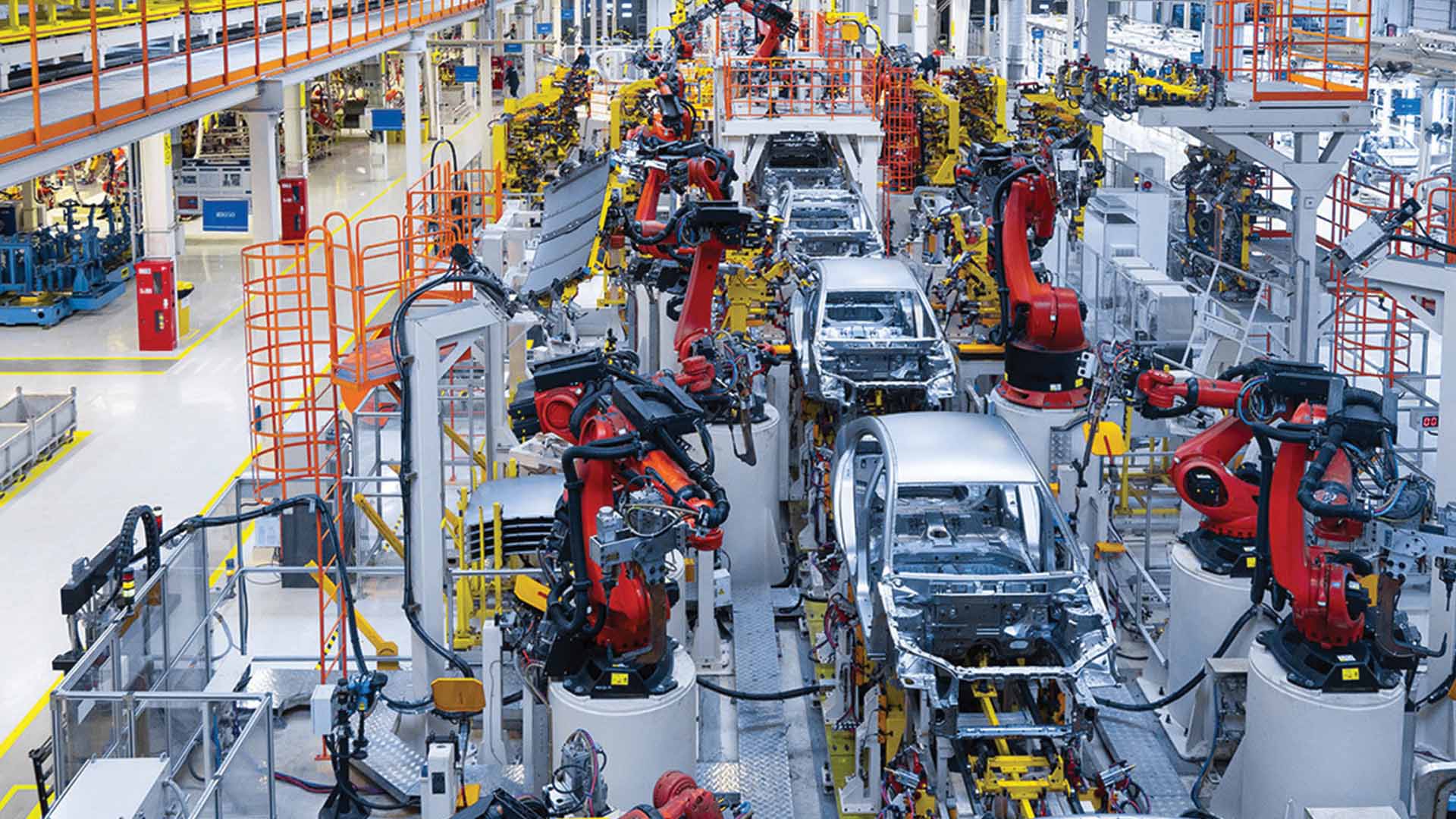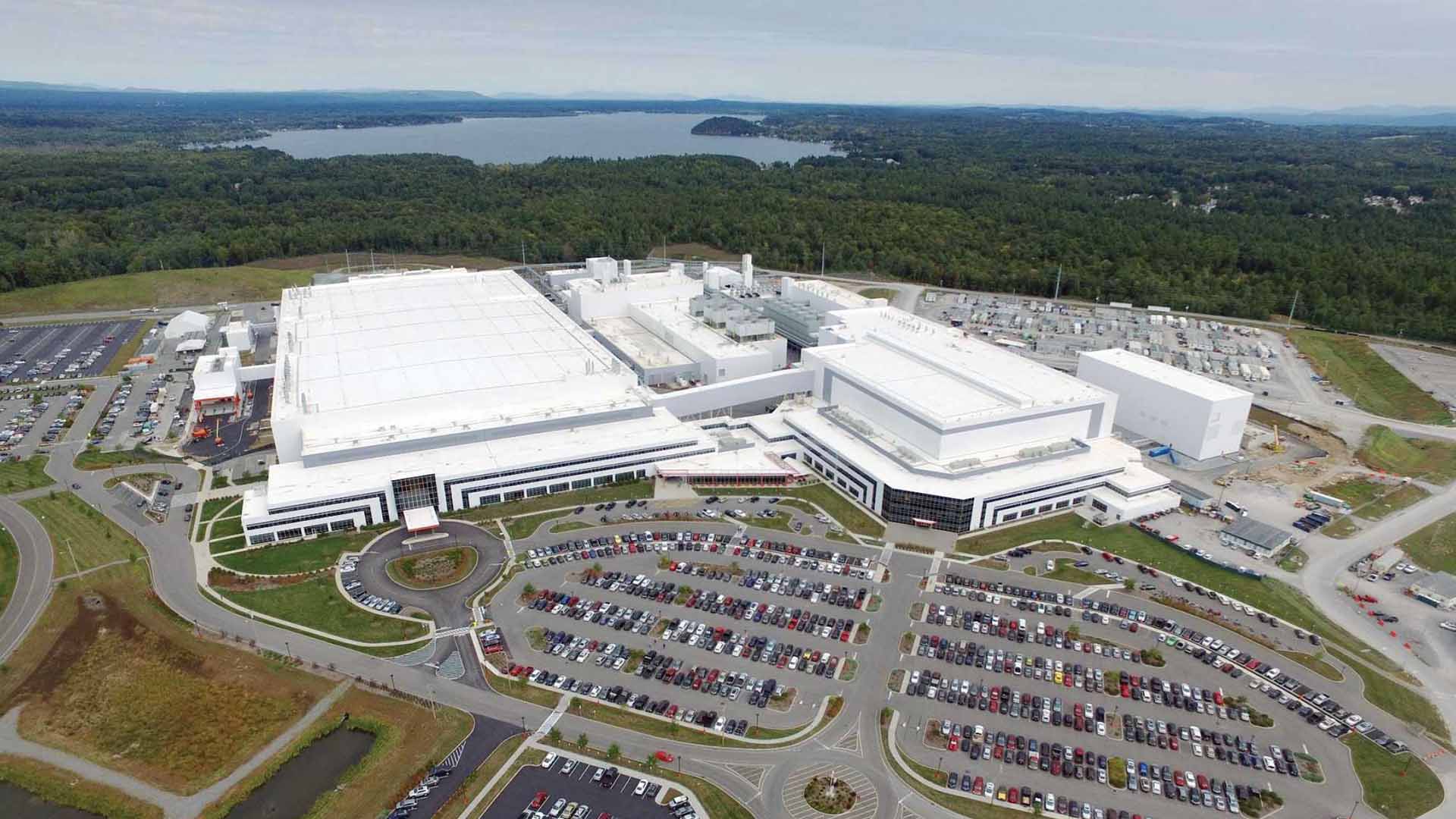As the demand for electric cars continues to rise (more electric cars were registered in 2021 than in the previous five years combined, according to the Society of Motor Manufacturers and Traders), the need for microchips and semiconductors increases. Unfortunately, the semiconductor shortage that has been going on since the beginning of 2020 still remains and continues to affect the electric vehicle industry.
Causes of the Continuing Shortage

The pandemic takes part of the blame for the continuing microchip shortage, with many factories, ports, and industries facing closures and labor shortages, made worse from the increased electronic demand with stay-at-home and work-from-home measures. Specific to the electric car industry, the increased cell phone and electronic chip demand forced manufacturers to allocate their limited semiconductor supply to models with the higher profit margin, the cell phone.
The limited number of microchip manufacturers has also added to the continuing shortage, with Asia-based TMSC and Samsung controlling over 80 percent of the market. Not only does this over-concentrate the market, but it also extends the lead time on a semiconductor. The lead time–the time between when someone orders a product and when it ships–increased to 25.8 weeks in December 2021, six days longer than the month before.
Another reason for the continuing microchip shortage is the massive demand for electric vehicles. Not only have electric vehicles increased in sales and popularity, further seen from the plethora of Super Bowl LVI commercials, but each vehicle requires many chips. To put it into perspective, a Ford Focus uses roughly 300 semiconductor chips, whereas the electric Mach-e utilizes almost 3,000 semiconductor chips. In short, semiconductor manufacturers can not keep up with the electric vehicle demand for chips.
2022 Reactions from the Electric Vehicle Industry
As a result of the continuing shortage, electric vehicle companies have had to make vital changes or closures. In terms of changes, in February 2022 Tesla decided to remove one of the two electronic control units included in the steering racks of their Model 3 and Model Y cars to meet fourth-quarter sales goals. This decision was in light of the shortage and has already affected tens of thousands of vehicles for customers in China, Australia, the United Kingdom, Germany, and other parts of Europe. Tesla did not notify customers of this removal because the part is redundant and is not needed for the level 2 driver-assistance feature.
As for closures, in February 2022 Ford announced the temporary halting or altering of production at four North American production plants as a result of the microchip shortage. This affects the production of the Ford Bronco and Explorer SUVs; the Ford F-150 and Ranger pickups; the Ford Mustang Mach-E electric crossover; and the Lincoln Aviator SUV at plants in Michigan, Illinois, Missouri, and Mexico.
Despite the closure, Ford remains optimistic. Ford executives told investors that global production volumes will increase by 10 to 15 percent overall in 2022. CEO Jim Farley also stated in the 2022 annual report that Ford plans to double its electric vehicle manufacturing capacity by 2023 with the intention of electric vehicles representing at least 40 percent of its products by 2030.
Possible Solutions
Regardless of the factors or outcomes, the semiconductor shortage will continue to affect the electric vehicle industry. As a result of supply chain and geographical issues causing a great deal of the shortage, there has been a greater push to get more semiconductor factories in the U.S.

Photo Credit: GlobalFoundries
For example, Ford recently announced a partnership with GlobalFoundries to enhance domestic chip manufacturing and GM announced a similar partnership with Wolfspeed. Additionally, the Biden administration has finalized a “Chips Bill” that is awaiting congressional approval. If approved, $50 billion of funding would subsidize chip manufacturing, research, and development.
However, with 70 to 80 percent of the current battery components of semiconductors being processed in China, the U.S. battery production must ramp up in order to have a fighting chance of survival in the microchip and electric vehicle production industry.







